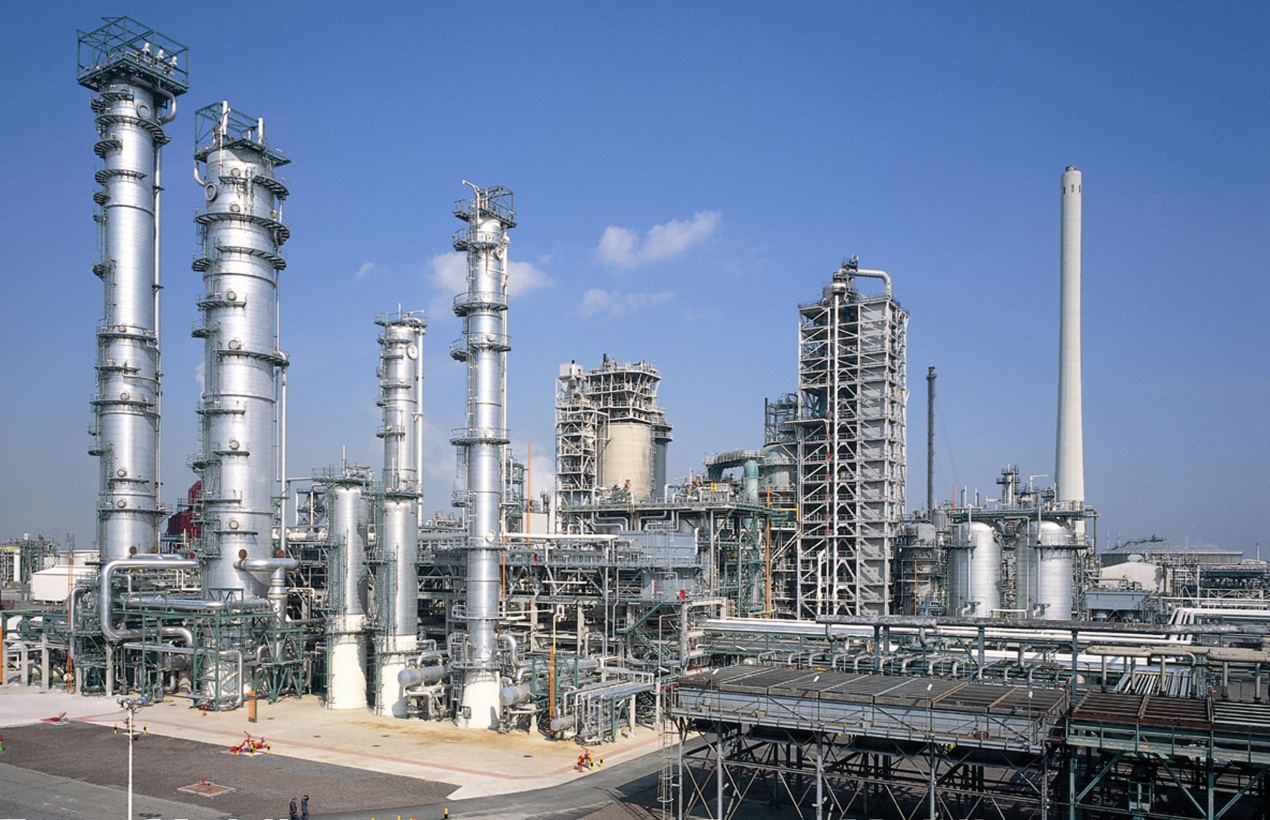Application of Molybdenum in Chemical Industry
The density of molybdenum is 10.2 g / cm3, the melting point is 2610℃, and the boiling point is 5560℃. The chemical property of molybdenum is very stable, will not be corroded by hydrochloric acid, hydrofluoric acid, and alkali corrosion, but can be corroded in nitric acid, aqua regia, or hot concentrated sulfuric acid. Molybdenum is also an important element to add. Its main function is to add a certain amount of molybdenum in the process of steel smelting, which can change the hardness and toughness of iron and steel. As a result, the price of molybdenum rose with the rising prices of iron and steel.

In addition to its application in iron and steel smelting, molybdenum has an important use in the field of the chemical industry, mainly for the production of molybdenum-containing catalysts, pigments, lubricants, smoke suppressants, and flame retardants.
Catalyst: molybdenum compounds as catalysts, which are widely used in many processing processes, such as refining and producing organic chemicals. At present, molybdenum-containing catalysts are increasing in both species and applications.
Pigment: Pigment - molybdenum mainly has three types: basic color pigments and molybdenum orange, anticorrosive pigment. Molybdenum orange is widely used in automobile and printing ink, and the molybdenum-containing anticorrosive pigment is very promising. Zinc molybdate, calcium molybdate, and sodium molybdate are the main raw materials for the production of anticorrosive pigments. At present, this kind of molybdenum anticorrosive pigment is increasing rapidly in the iron and steel industry. This material is beneficial to environmental protection.
Lubricant: pure molybdenum disulfide lubricant is a very important solid lubricant, it can be added to produce high temperature and high-pressure bearings, play very good lubrication. Powdered molybdenum disulfide can be suspended in oil or mixed in the paint. The molybdenum disulfide in grease can play a role in coating and reducing the uneven surface of contact surface at high temperature.
Smoke suppressants and Flame Retardants: additives containing calcium molybdate and zinc molybdate are used as smoke suppressants in coatings and plastics industries because these molybdenum compounds can be carbonized to suppress fireworks.
In a pluralistic society, lots of resources have diversified applications, because of our limited level of technology, the application of a material can not be all developed, so managing with nature, protecting the natural resources, and preserving resources for the future is a common problem for human beings.


